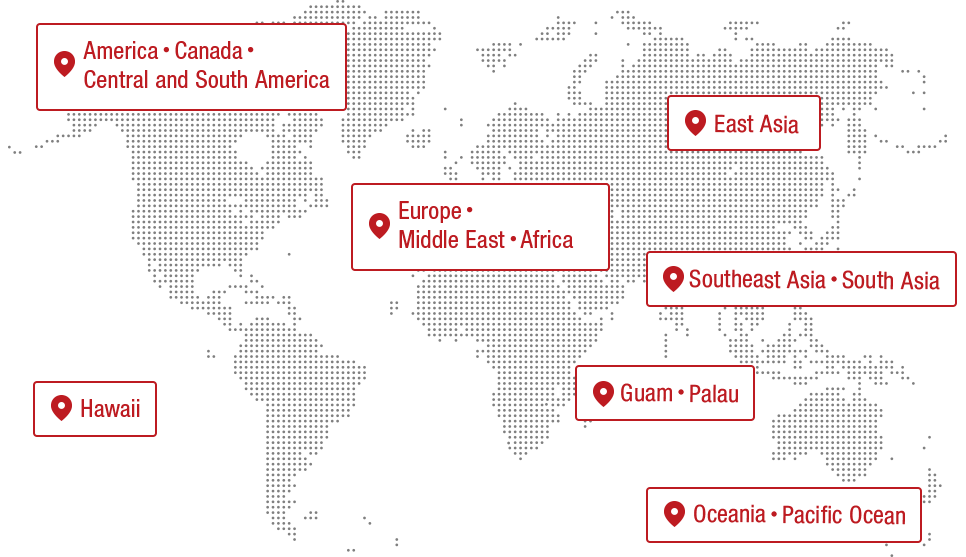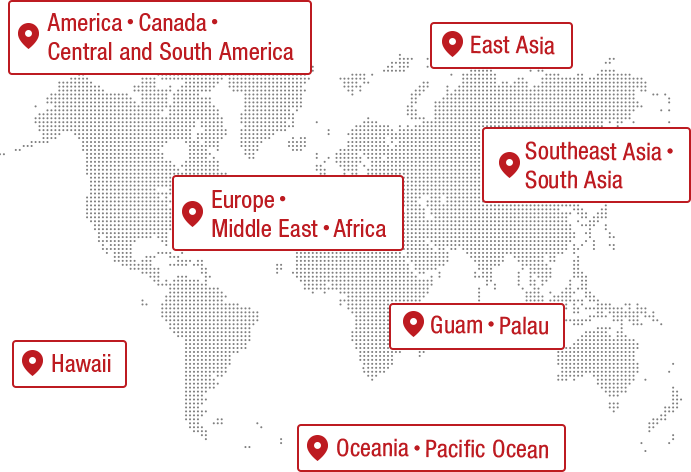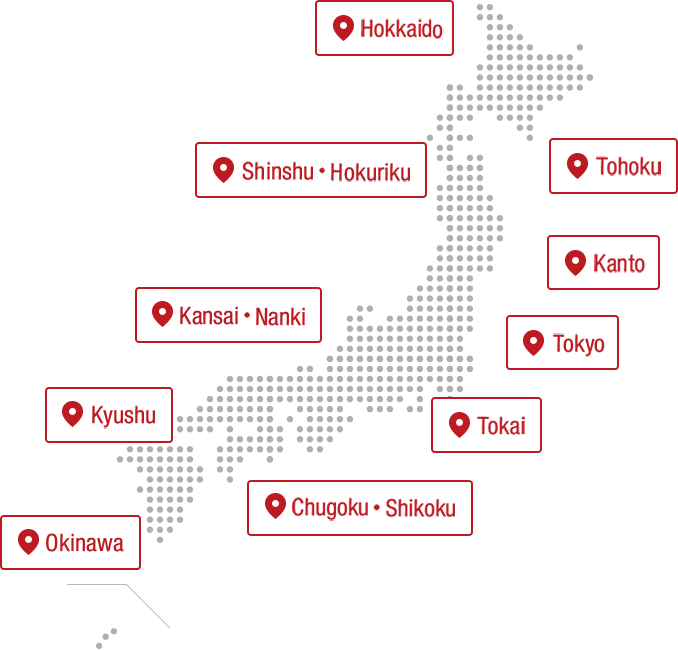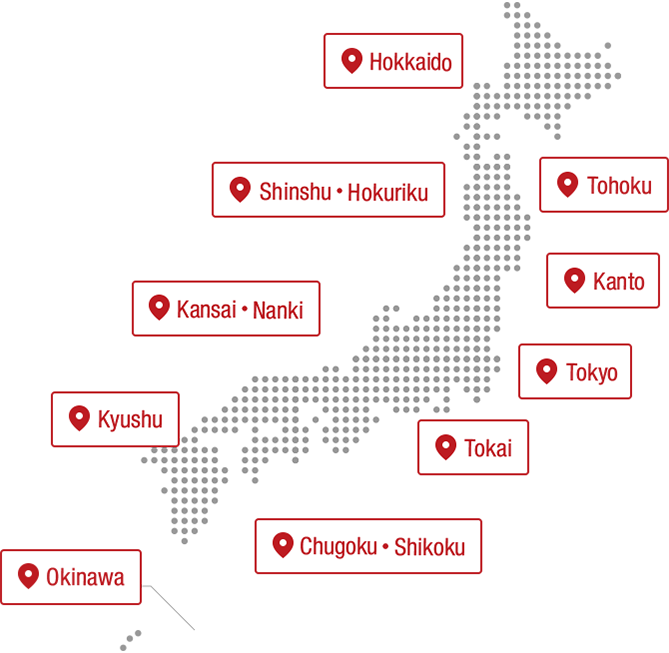One of the JAL philosophies is the idea of "the best baton passing." This means that in order to provide customers with a safe and comfortable flight, staff members must work together across departments and occupations, passing the baton to each other. This awareness is also deeply rooted in JAL Ground Services, which is responsible for the ground handling operations that support the safety and on-time operation of JAL Group aircraft. Now, the plane has landed on the runway. Watch as they pass the baton through their work until it takes off again.
INDEX
- Ground handling work begins as soon as the plane lands
- We will not keep you or your baggage waiting.
- In-flight cleaning has been further refined amid the COVID-19 pandemic
- Working late into the night to maintain the beauty and safety of the aircraft
- Cargo transported with kindness and consideration
- Baggage is loaded quickly in a relay format.
- A towing car guides the plane towards the runway
- The staff waved goodbye, and even after takeoff, a new baton was passed on.
Ground handling work begins as soon as the plane lands
The huge plane roared as it landed on the runway, covered in a hazy spring haze, slowly turned its nose toward the terminal, and eventually stopped at the designated spot. Looking out the window from inside the plane, you can see the staff on the ground moving swiftly and unfamiliar vehicles coming and going.

Kuwano Masayoshi, who is in charge of aircraft guidance, says, "When an aircraft arrives at the airport, a qualified person guides it. Previously, a person would guide it using a spatula-like paddle, but now this is only used in fog or bad weather, or to guide the aircraft to open spots, which are away from the terminal. We mainly use a navigation system called VDGS (Visual Docking Guidance System), which is visible from the cockpit."

Once the aircraft is parked in the designated area, staff will quickly move in after confirming that it is safe and begin working underneath the aircraft.

Tomotaka Shimizu, loading and unloading specialist: "Our first job is to connect the power cord called the GPU (Ground Power Unit) to the aircraft. This is to supply electricity to the aircraft while it is parked. We also attach orange wooden wheel chocks called chokes to the aircraft's tires to stop it moving due to wind or other factors. Then, at the terminal, we connect the passenger boarding bridge, a passageway through which passengers board and disembark, to the door hatch."
We will not keep you or your baggage waiting.
Meanwhile, a special vehicle approaches the cargo hatch on the side of the plane. It is used to unload the baggage and cargo that passengers have checked in.

Shimizu: "We use a vehicle called a high-lift loader. In the case of large aircraft, there is a bulk cargo bay at the rear of the aircraft, and we often use a belt loader to directly unload the cargo."

All baggage is removed and passengers are escorted off the plane. Passengers' checked baggage flows down the lane to the baggage claim area, but behind the baggage, the ground handling staff continue their relay race.

Nozomi Chikatani, Passenger and Baggage Officer: "My job starts with checking to see if any baggage has been left on board and returning any unloaded baggage to the passengers. I communicate with the sorting staff over the radio and give them the lane number to take the baggage to. It gets extremely busy during peak periods, but I try to keep passengers waiting as little as possible."
Ground handling job introduction video (Narita edition)
Introducing the work of JAL's ground handling staff - JGS Channel, Narita International Airport Edition
youtu.beGround handling job introduction video (Haneda edition)
Introducing the work of JAL's ground handling staff - JGS Channel, Haneda Airport Edition
youtu.beRelated article
We'll take you behind the scenes of JAL's work, including inside stories on the introduction of the A350 and the development of in-flight meal menus.
The contents published are accurate at the time of publication and are subject to change.
















